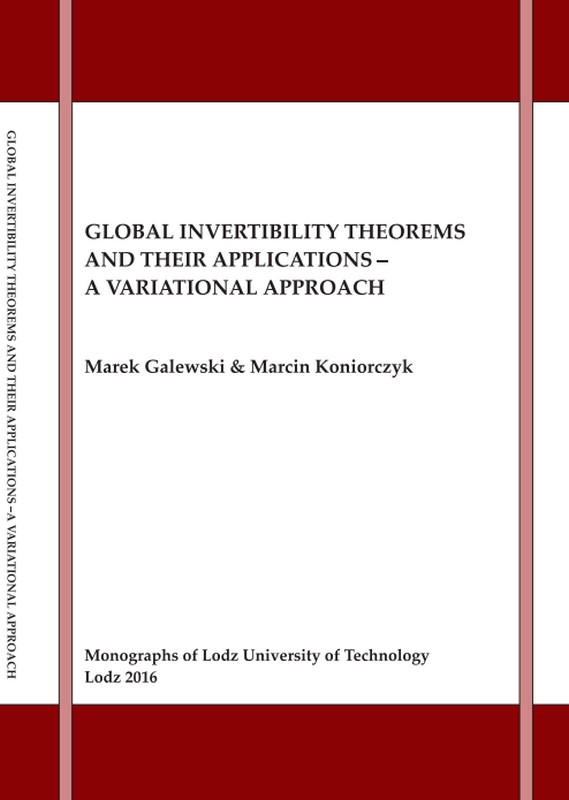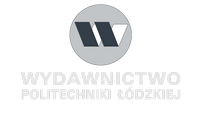
Global Invertibility Theorems and Their Applications ‒ a Variational Approach
This book is concerned with deriving abstract tools which are applicable in solving integro-differential equations posed in a Banach space setting. Our approach relies on deriving conditions which guarantee that certain mapping acting between two Banach spaces is a diffeomorphim thereby obtaining that if this mapping is a solution operator to some equation then this very equation has a unique solution which in fact is well posed in the sense of Hadamard. Integro-differential and integral operators are usually considered in the space of continuous functions [14, 51], the space of square integrable functions L 2 [43] and recently in AC2 0 [38, 7]. Thus our approach shows that other setting is also possible therefore extending existing methodology. The application of integral operators can be found in many dispciplines of science and engineering: in biology to investigate the spread of epidemic [29], in mechanics for modelling alloys with a shape memory [60], in nuclear reactor dynamics [14, 16], etc. We believe that readers would find our results motivating. Concerning possible applications, apart from those developed in our presentation, we hope for deriving methodology applicable to the second order problems, possibly posed in a non-variational form. This requires some further research in the topic. Several research suggestions are collected at the end of this book.
Our book is organized as follows. We give some motivation and outline of results firstly. Then we provide necessary functional setting which although seems to be known is not easily found in accessible literature. − 5 − Introduction The third chapter is concerned with the global version of a diffeomorphism and an implicit function theorems together with their proofs and relevant necessary tools used in the arguments. The fourth chapter concerns the application of a global diffeomorphism theorem for examining a nonlinear itegro-differential and nonlinear integral equations and related operators. The functionals considered are defined on the Banach space, instead of the setting Hilbert space which is known from the literature, see for example [38, 7]. The most difficult part of the proof is to check, whether the functional satisfies PalaisSmale condition. Based on the Closed Graph Theory and by usage of the so called Bielecki norm, we discuss the alternative formulation of the assumptions. In the fifth chapter we present the examination of the existence, uniqueness and continuous differentiability of a solution to a nonlinear integrodifferential control problem by means of the global implicit function theorem. We use very similar tool as shown in the previous chapter so only the main steps of the proof are presented. We conclude our presentation in the sixth chapter with some finite dimensional invertibility results which allow us to obtain a global diffeomorphism out of a Fréchet-differentiable, and not necessarily C 1 , mapping. It is interesting that we use non-smooth critical point theory in proving the result. We also suggest some application to discrete equations, namely to algebraic equaions which may be viewed as discretizations of second order problem with Dirichlet boundary conditions.
It is our pleasure to thank people who helped us in the preparation of this book.Thanks are due to Professor Stanisław Walczak from Lodz University for suggesting possible research in this area. We would like to thank the student of mathematics at the Institute of Mathematics, Lodz University of Technology, Mr Michał Bełdziński, for helping us with type- − 6 − Introduction setting of the final version, careful reading of the text and numerous questions which we hope would be fruitful in the future. This work was prepared in the Institute of Mathematics, Lodz University of Technology where the first author is an associate professor and the second author is a Ph.D. student. [INTRODUCTION]

